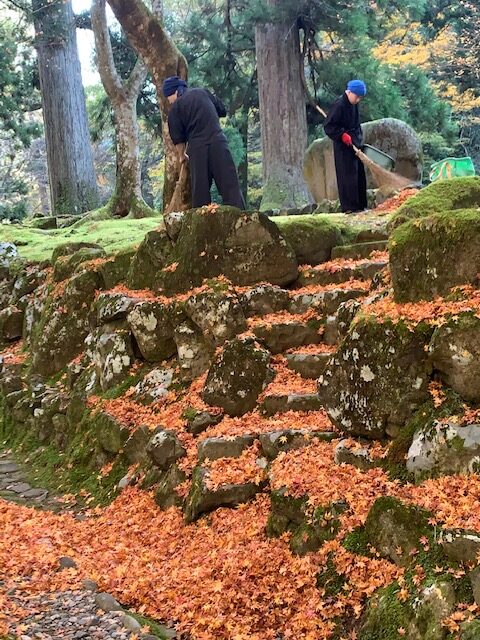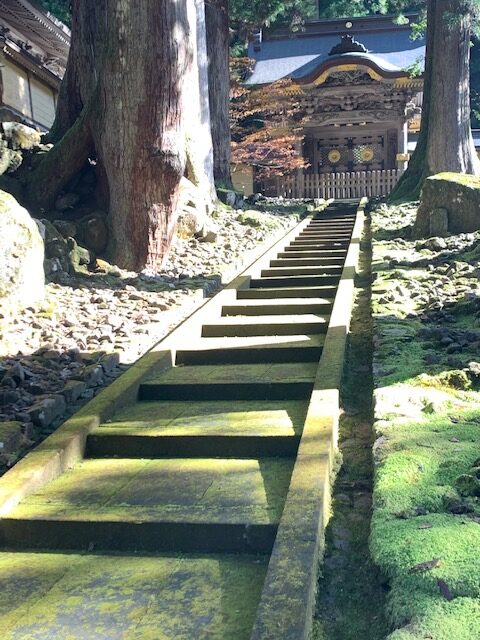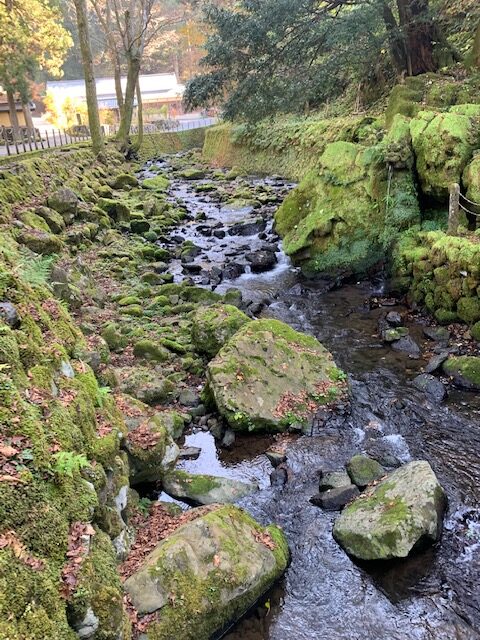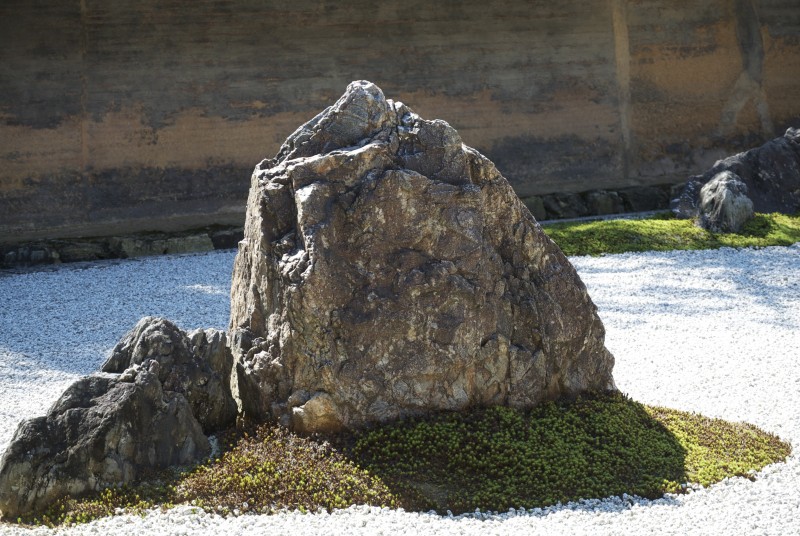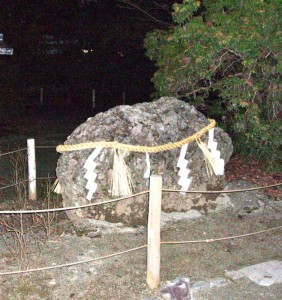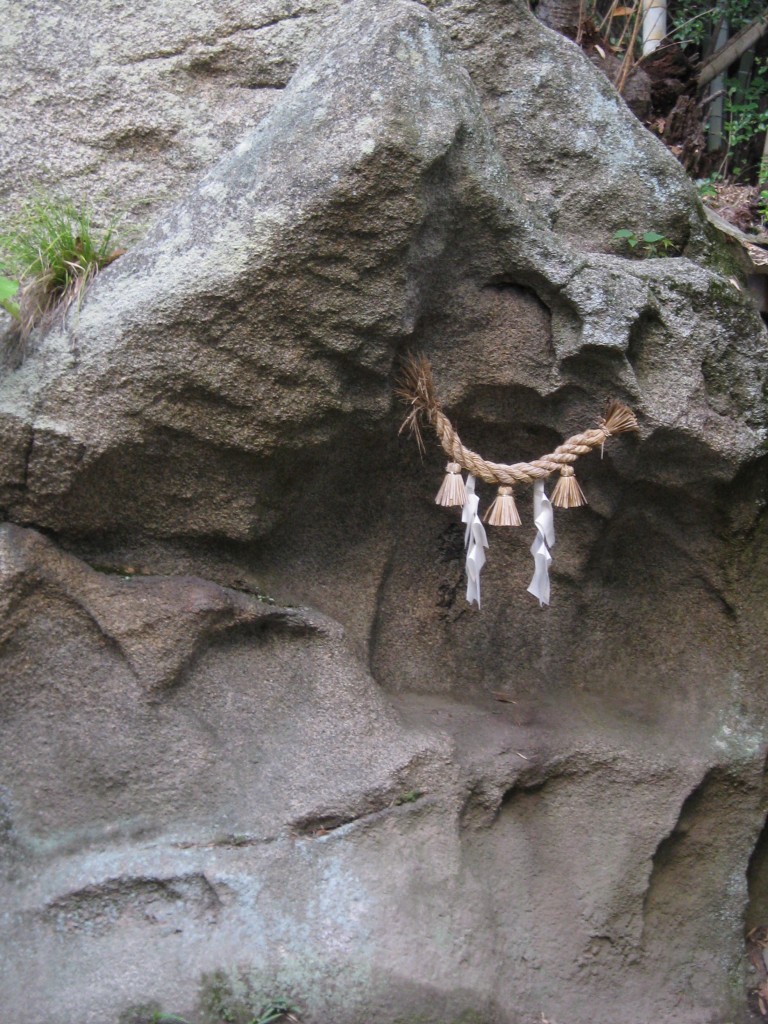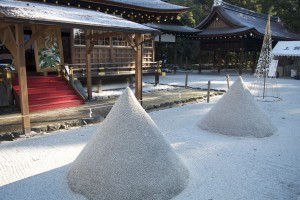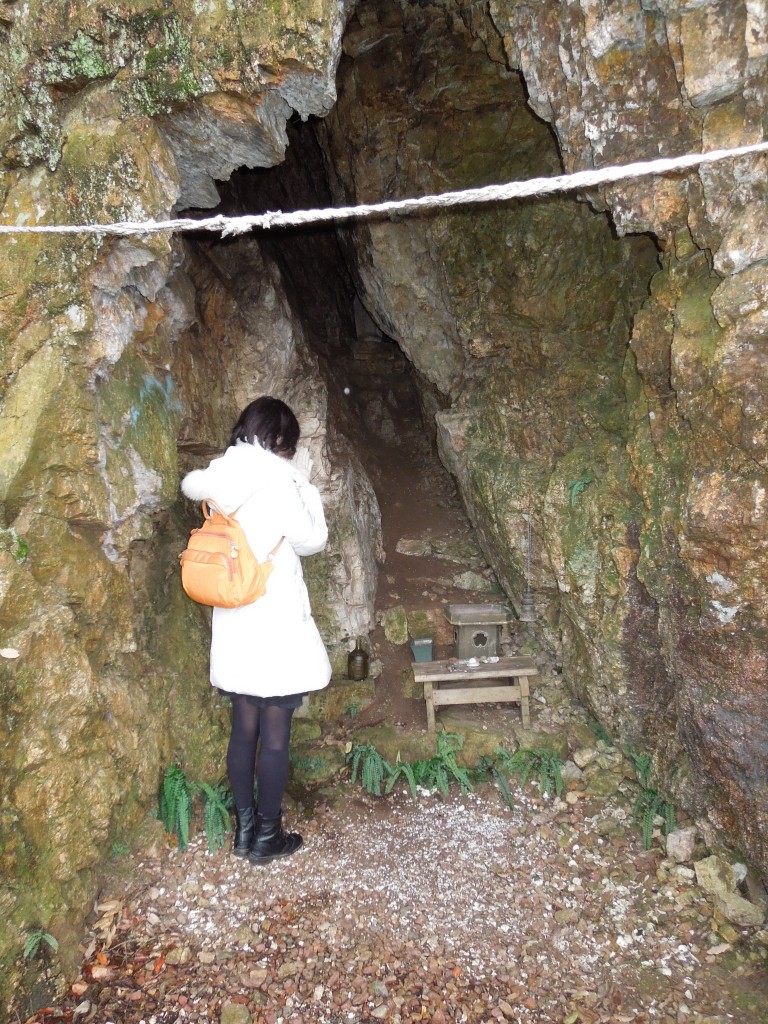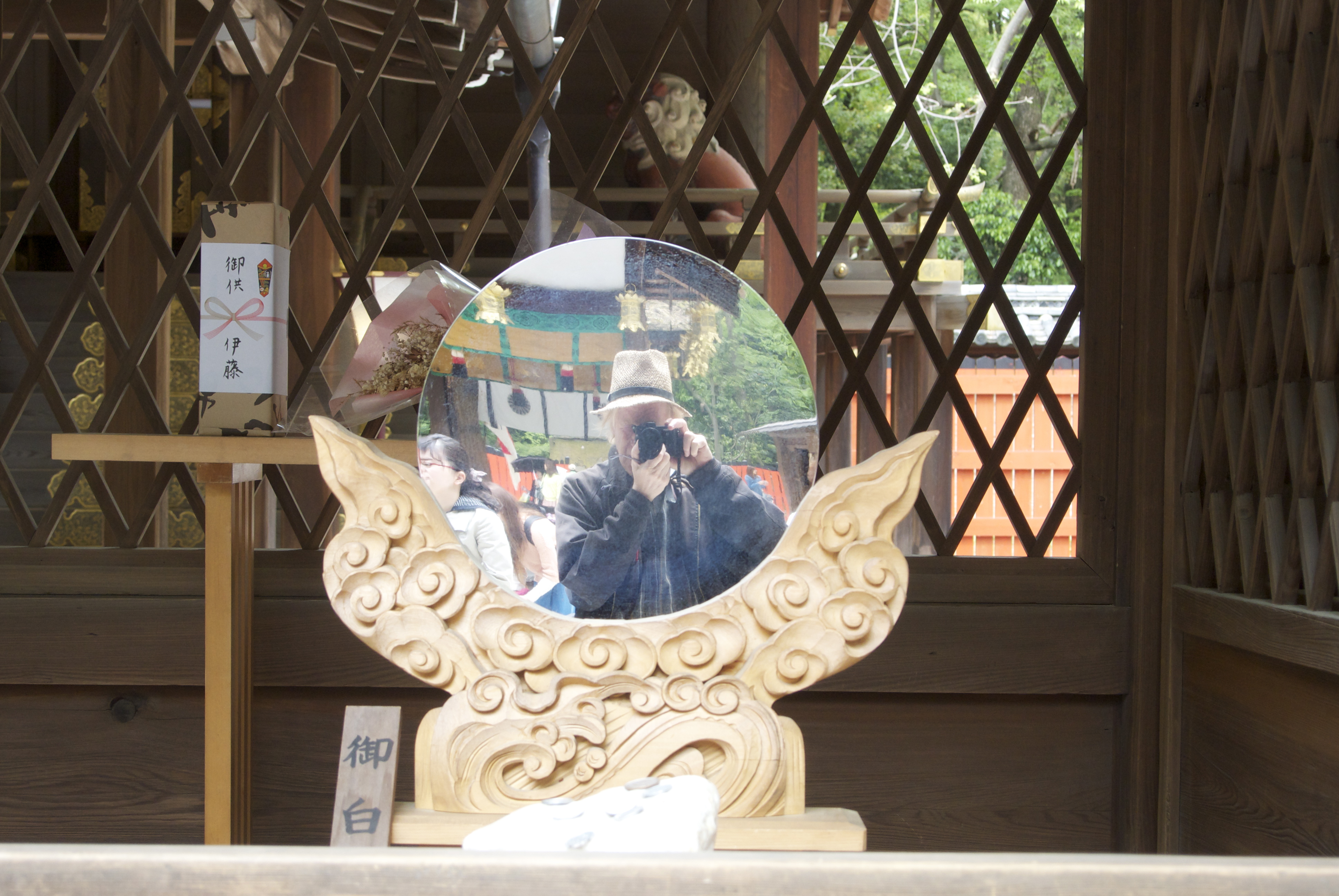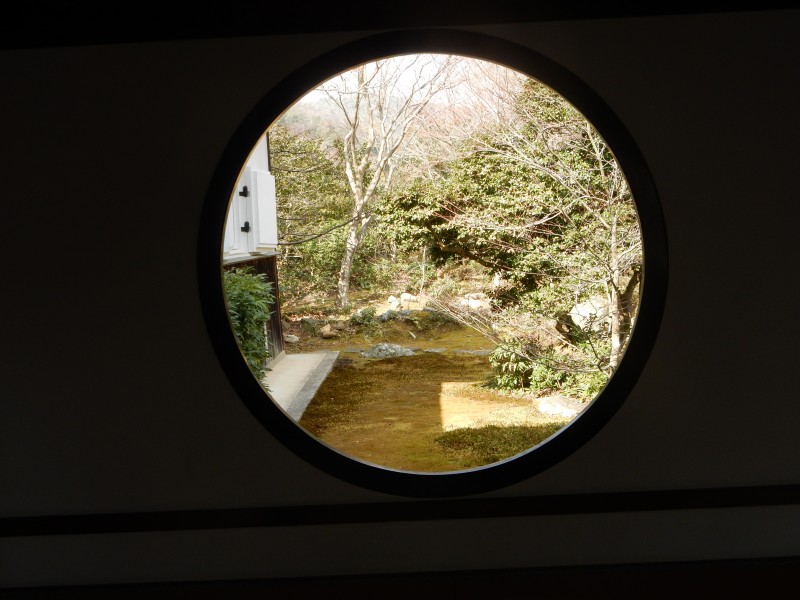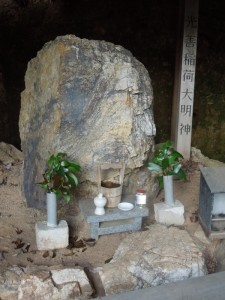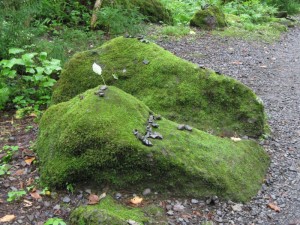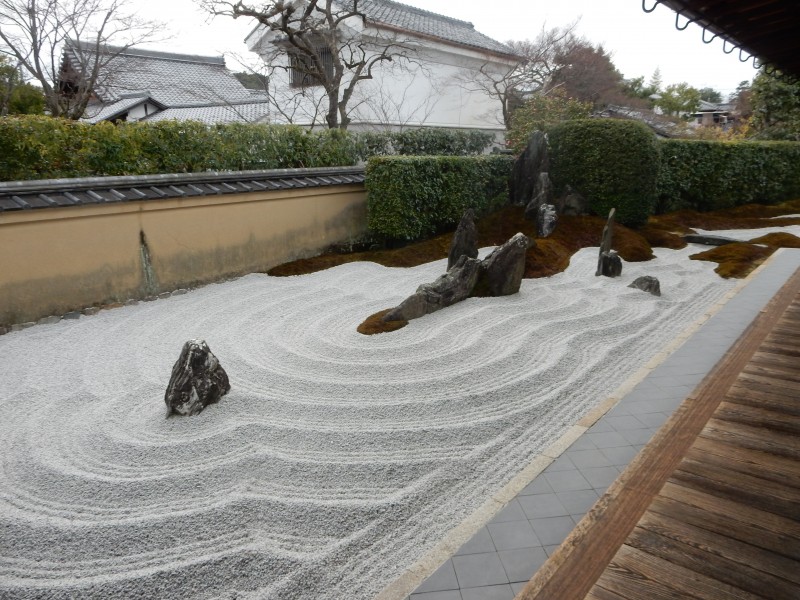For the connections of Zen and Shinto, see the previous series of 22 postings starting here.
The extract below concerns a visit to the large Zen seminary outside Fukui City – Eihei-ji.
************************
Eihei-ji is more than a seminary; it is a memorial to ‘the saint of Zen’, Eihei Dogen (1200-1253). As founder of the temple, he established the lines along which it is still run today. He was someone who truly ‘walked the walk’, and you can’t help but be in awe of a man so committed to a life of hardship. Born into the noble class, he embraced a life of poverty, bitingly cold winters, low-level sustenance, and a ceaseless round of meditation, work and sutra chanting.
For each aspect of monastical life, Dogen laid down strict rules. Take bathing, for instance, only permitted on days of the month containing a 4 or 9 in the date (roughly every fifth day). Before entering the bath, each monk had to make three bows while reciting, ‘We bathe vowing to benefit all beings; may our bodies and minds be purified both inwardly and outwardly.’
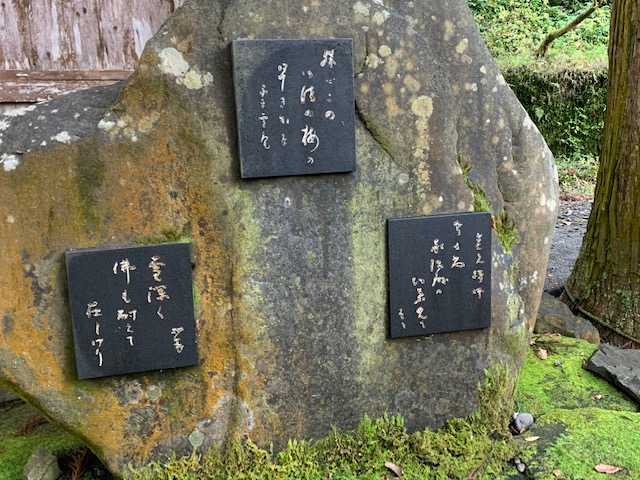
Along with such strictures, Dogen had a knack for maxims and captured Zen’s distrust of words by stating, ’The more talking and thinking, the further from the truth.’ He had too a poetic side, and in Zen fashion cut to the heart of things in his verse…
In the spring, cherry blossom
In the summer, cuckoo
In autumn the moon, and
In winter the snow, clear and cold
For his seminary, Dogen chose the name Eihei-ji (Temple of Eternal Peace). His presence pervades the buildings, and when haiku master, Takahama Kyoshi, visited in November 1949, he communed with the spirit of the founder.
Still now
At his reliquary shrine
Maple tree viewing
The temple is dauntingly large. Dauntingly austere too. The whole site is set on a slope, and steps are everywhere. Perhaps after prolonged sitting, steps provide an antidote. There are moss-covered steps on the approach, steps to enter buildings, steps to the next room, and a long, long flight of steps all the way up to the main assembly room. Steps on the path to enlightenment too.
It quickly becomes clear that apart from religious training the seminary is a major tourist sight, for bustling confusion fills the reception area. Visitors are instructed to follow coloured markers on the floor; choose the wrong colour and you could find yourself becoming a sponsor. The majority head for a lecture room where, before a large map, a monk explains the layout. ’Seven buildings represent the core of the monastery,’ he says. ‘Auxiliary structures total seventy in all.’
Let loose on the buildings, visitors are steered by ribbons, ropes and directional signs around the public face of the institution. The pleasing simplicity of the woodwork is largely bereft of decoration, save for the 230 paintings of birds and flowers on the ceiling of the Reception Hall. The Monks’ Hall forms the heart of the complex, with its one-by-two meter tatami mats. For those in training, the narrow confines comprise the limits within which they must eat, sleep and meditate.
There is a tendency to romanticise monastic life as a utopia free of everyday concerns. For the reality you only need turn to the best-selling Eat Sleep Sit by Kaoru Nonomura, who left his job as a Tokyo designer for a year’s training at Eihei-ji. What follows is a shock. Trainees are routinely slapped, kicked and shoved down stairs. ‘When you passed a senior in the corridor,’ writes Nonomura, ‘failure to join the palms in respect was punished on the spot with a blow.’ Extreme stress and fear are compounded by exhaustion, hunger and loneliness.
The military-style training conjures up the hierarchical world of Kubrick’s Full Metal Jacket, and in either case the aim is similar; ‘to break down the self-centred ego.’ The group takes priority over the individual, and obedience, discipline and subjugation of self are expected at all times. ‘Absolute submission was a must,’ writes Nonomura. Seen in this light, the connection of samurai and Zen makes perfect sense.

